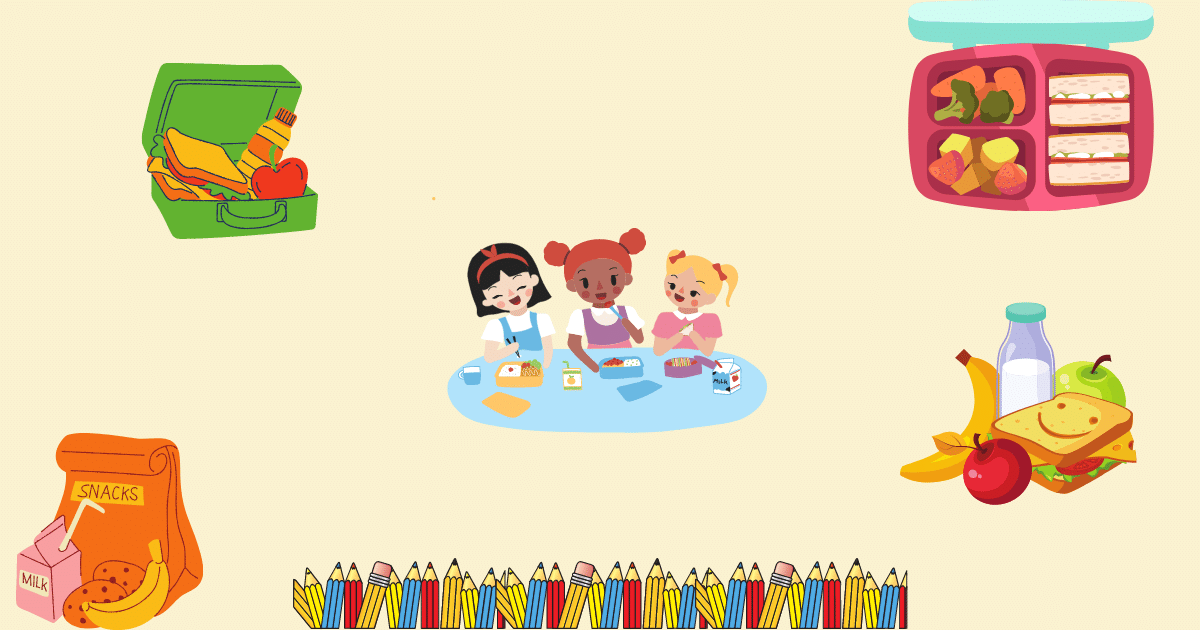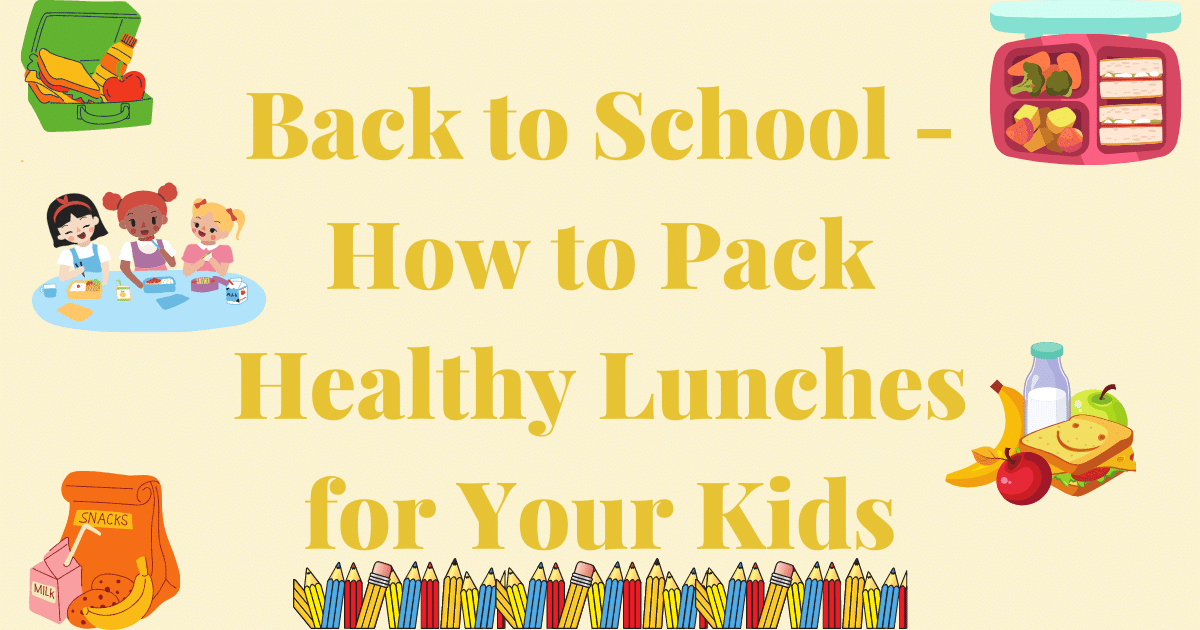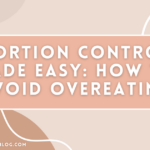Back to school with young kids means a bit more chaos during the day. You have to get them ready, make their lunches, and get them all to school and other activities throughout the day. You might also worry about your children not eating enough healthy food and lacking energy to get through the day. Kids are tough cookies to crack when it comes to eating enough fruits and vegetables, but if you do it right this task can be done easily! Read on to learn a few tips on how to pack healthy lunches for your kids.
Give Them Options
The hardest part of feeding kids is that they constantly change their minds. They might tell you their favorite food is grilled cheese one day, but then the next they won’t touch it. This makes for quite the challenge packing lunches, but allowing them an array of options allows them to decide that day. Most adults can eat a sandwich and some chips for lunch and call it a day. Most kids enjoy something similar to a snack plate. For example, you could add half of a sandwich, a cheese stick, some goldfish, a few carrots, mixed fruit, and a small cookie. This gives them options between what they want to eat first and can snack on a variety of flavors instead of a large volume of one food. One of the best ways to achieve an organized, healthy lunch is to purchase a bento box style lunch container. This will separate the food so nothing is touching and allow your child to see all their options in front of them.
Set Goals With Your Children
It’s a great idea to give your child options, but you’re probably wondering how you’d get your child not to only eat a cookie for lunch. Setting goals with your children can be really effective because it gives them an understanding of what you expect and lets them feel part of the decision making process. Sit down and talk with your child about what foods you expect to mostly be gone from lunch. If you want them to eat at least 2 carrots before they eat any goldfish, then set this expectation. Sitting down with your children and talking to them about what you expect during school lunch sets the tone for the whole school year. When their lunch box is brought home you will be able to see what was eaten and what wasn’t. If the goals you set with your child weren’t met, then you can sit down again, listen to what they have to say, and explain again why these goals are important for their growth and well-being. After talking with your child, you might need to change up your lunch options or approach towards packing lunches. This talk will allow you to hear their perspective and allow them to problem solve with you. Setting goals lets your child feel like they’re part of lunch-time decisions and hopefully will want to reach these goals as a result.
School Lunches
If you don’t have time to pack lunches for your children, or you feel that the lunches offered by their school have enough healthy options, then consider preparing your children for school lunches. Schools usually work hard to create balanced meals for students. This is why school lunches can also be a great option for your children to get in the proper nutrients at lunch time. The hard part of school lunches is that you can’t see what your kids don’t eat at the end of the day. Packed lunches allow you to see what was eaten and what was left untouched. To build these healthy habits for your children, you can still sit down and set goals with them. Explain why certain healthy foods are good for them in a manner they understand and the goals you both have for lunch time. Talking with them after school about what they ate for lunch can allow you to open up a way to see if you need to adjust the goals you set. It can be difficult to get kids to talk about something honestly if they feel like they’ll get in trouble, so try to let this conversation flow without anger or frustration if your child didn’t eat healthy foods for lunch. This can build a level of trust so you can speak honestly about lunch and help them grow into their best self by consuming healthy foods.
Practice What You Preach
A huge part of why kids don’t choose healthy food options is because their role model doesn’t. Kids are extremely impressionable, which means whatever you do, your child often wants to do as well. Practice choosing healthy food options and make sure your child understands why you choose them over less healthy options. Build a positive mindset towards food so your children can get excited by food and choose the right options without your help. You can give your child endless options and set goals with them, but if they don’t see you making good food choices then it all falls apart. This can also build a stronger bond of trust when talking about lunches because they can hear about what you ate for lunch and get excited to share themselves. It all boils down to practicing what you preach. If you want your children to get into any habit, then you need to show them what it looks like from you. Children are highly perceptive and watch what you do on a daily basis. What you do and say has a direct impact on your children.
Packing lunches for school is already hard enough, but making sure your kids are receiving the right amount of nutrients is harder. Try to get into your child’s brain and see things through the eyes of a child. How would certain concepts make sense to children and how can you accomplish these goals and get them excited to do so? Try out the tips above for a few weeks and see how it goes. It’ll be all about trial and error, but letting your kids in on decision making can help build their confidence and excitement towards new goals!








